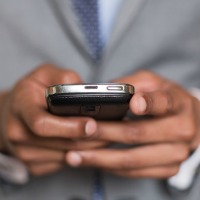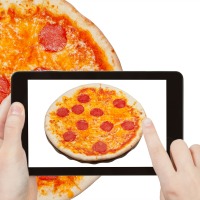 Mobile coupon campaigns have been an effective marketing tool as more and more consumers are redeeming mobile coupons. The targeted delivery of mobile coupons, driven by proximity to beacons, can improve the relevancy of the coupon offer and drive increased redemption rates. As beacon use becomes more widespread, Juniper’s research predicts that beacon-powered coupons will rise to 1.6 billion annually, increased from 11 million this year.
Mobile coupon campaigns have been an effective marketing tool as more and more consumers are redeeming mobile coupons. The targeted delivery of mobile coupons, driven by proximity to beacons, can improve the relevancy of the coupon offer and drive increased redemption rates. As beacon use becomes more widespread, Juniper’s research predicts that beacon-powered coupons will rise to 1.6 billion annually, increased from 11 million this year.
Beacons adoption is currently slowed by significant technical hurdles. In addition to deploying the beacon infrastructure, communicating with users requires them to both have Bluetooth turned on on their mobile device AND have an enabling app installed, either the merchant’s own app or a 3rd party service. While these hurdles haven’t prevented some success, such as a jewelry retailer in China who saw a 60% redemption rate for beacon-powered mobile coupons, the elimination of such hurdles will make these success stories more common place.
Google will soon release a Chrome update that enables beacon support through the browser, effectively removing the prior requirement on an having an enabling app installed. Google had previously been experimenting with allowing Bluetooth beacons to send location-based information and more specifically, URLs to your smartphone or mobile device, but such tests were limited to iOS and still required users to enter through an app. With this latest update, a native integration will be rolled out, and will include Google’s own Android operating system.
Some of the possible uses for this type of beacon-proximity driven communication could include alerting you when an upcoming subway train is approaching or sending you a notification when your parking meter is about to expire. This shift from beacon-integrated apps to the mobile web, of course, also helps Google’s own search business, but it is also intended to increase beacon usage overall.
With the hurdle of needing a user to install your app removed, Google has opened the door for markets to target consumers in a lot of new and creative marketing ways. The shift from pull to push based marketing will likely result in a lot of churn as disruption settles on the balance between informative and invasive messages. If campaigns leverage beacons to drive value to the consumers they could result in increases in customer engagement and revenue for retailers. According to Scott Jensen, Google Physical Web leader, “The Web needs a discovery service.” This could invert the entire mobile marketing beacon-based model.
Need help developing a beacon strategy? Contact us.






